21 September 2022
A Guide’s Guide to the Somme: Devonshire Cemetery
CWGF Guide Max Hood fills us in on the history of the Somme’s Devonshire Cemetery.

Image: Devonshire Cemetery at Manville Copse
Devonshire Cemetery sits in the vicinity of Mametz, which was the objective of the 8th and 9th Battalion of the Devonshire Regiment on 1st July 1916.
Within it are 163 burials, 161 of them being from these battalions, with two later additions from the Royal Field Artillery.
Devonshire Cemetery is an original battlefield war cemetery created by the surviving comrades of the war dead immediately after the fighting. The men were buried in one of their own frontline trenches which can be seen from the layout of the graves.
The attack here on 1 July was successful and Mametz was captured. However, for the men of the 8th and 9th, it came at a great cost.
Their frontline trench had been severely damaged by German artillery which forced the Devons to start their attack further back.
Just after setting off, they came into view of a German machine gun located in the civilian cemetery on the outskirts of the nearby village of Mametz.
This gun devasted the attacking waves but was eventually silenced by men who successfully got round behind it. From this and further fighting throughout the day, over 200 men from the 8th and 9th Battalions were killed.
I believe you should visit this site as you gain a clear perspective of the attack when standing at the entrance road. It is also thought-provoking, owing to the relationship between the men and those who buried them, friends and comrades burying their own.
The story of Captain Duncan Lennox Martin
Image: Captain Duncan Lennox Martin (BNPS)
A personal story I'd like to focus on is that of Captain Duncan Lenox Martin.
Captain Duncan Lenox Martin was born in 1887 to Thomas and Anne Martin. He had an older sister called Dorothy.
The family lived in Hailsham, Sussex. Not much is known of Duncan’s pre-war life, however, it is thought he may have been an artist.
Duncan applied for a commission within weeks of war being declared and joined the 9th Bn Devonshire Regiment.
During the lead-up to the attack on Mametz, it is said that Captain Martin raised concerns about a possible machine gun position in Mametz cemetery. To demonstrate his point, he created a plasticine model of the area to show his superiors. The attack proceeded, and unfortunately, this position survived the opening bombardment to wreak havoc on Captain Martin and his men, as Duncan had feared.
Duncan now lies at Devonshire with his men. His personal inscription reads 'Semper Fidelis', which translates to 'Always Faithful'.
Check out these features at Devonshire Cemetery
 Image: The permanent Devonshires Memorial
Image: The permanent Devonshires Memorial
At the cemetery entrance is a stone bearing the following carved words: 'The Devonshires Held This Trench. The Devonshires Hold It Still'.
Originally there was a wooden cross and in 1986 a group of British Army officers raised funds to have this new stone placed here. These words tell the story of the men buried within in a truly emotive place.
 Image: Lieutenant William Noel Hodgson MC
Image: Lieutenant William Noel Hodgson MC
Visit the grave of Lieutenant William Noel Hodgson MC buried in grave A.3.
Noel served with Captain Martin in the 9th Battalion and was awarded the Military Cross at Loos. Known as one of the war poets, he was the author of 'Verse and Prose in Peace and War'.
His poem 'Before Action' was published 2 days prior to his death and is a moving read.
There is footage in the 1916 film ‘Battle of the Somme’ which was shot near Devonshire Cemetery. It shows men and horses passing by casualties of the 2nd Gordon’s from the 1 July attack and it is possible to stand in the same spot that the cameraman was filming from, near to Gordon Cemetery.
My Connection with the Somme
 Image: CWGF Guide Max Hood
Image: CWGF Guide Max Hood
My name is Max and I’m from Kilmarnock, Scotland.
I developed an interest in military history at a young age and became further interested when I learned of my family ties to both conflicts.
The Somme interests me as I have always loved reading first-hand accounts from those who served, and the Somme offensive is often very well documented in this regard.
Also, much of the Somme is relatively unchanged so it makes it possible to visualise many of the areas that the soldiers would have known so well. If you visit the area, you can very often follow the frontlines using the multiple cemeteries found along the roads and in the fields.
It is important to discuss history and commemorate it as the ripples created by both conflicts are still ongoing, with many countries today being affected by decisions made during them.
In remembering the fallen, we can also appreciate the sacrifices of those who went before us to give us the opportunities that we have today.
Learn more about our Guides
The CWGF Guides Programme is our way of giving young history enthusiasts the chance to get out in the field to discover and share the stories of our war dead.
They become the eyes and ears of the Commission and Foundation on the ground at key sites in France and Belgium.
Visit our Guides page to learn more.


